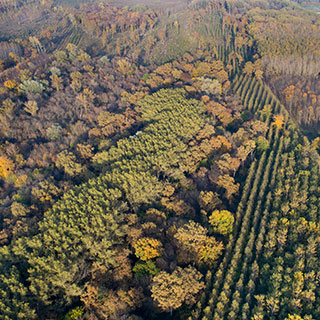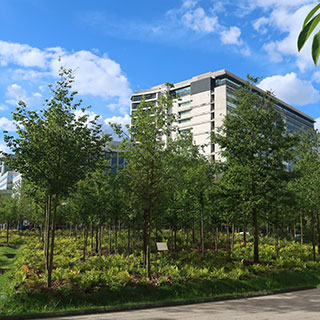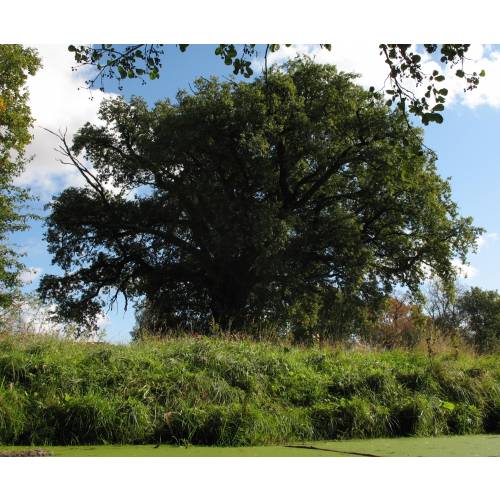
Plants
Oak, pedunculate / Quercus robur
-
72.28 € Pedunculate oak - Quercus robur
2128P - Available
-
67.08 € Pedunculate oak - Quercus robur
2128p - Available
-
61.88 € Pedunculate oak - Quercus robur
2128XX - Available
-
56.68 € Pedunculate oak - Quercus robur
2128k - Available
-
13.00 € Pedunculate oak - Quercus robur
2128X - Available
-
12.43 € Pedunculate oak - Quercus robur
2128x - Available
-
11.39 € Pedunculate oak - Quercus robur
2128Y - Available
-
10.35 € Pedunculate oak - Quercus robur
2128y - Available
-
9.31 € Pedunculate oak - Quercus robur
2128yB - Available
-
5.50 € Pedunculate oak - Quercus robur
2128J1 - Available
-
4.55 € Special Offer - 15%
2128J0 - Available
-
3.95 € Pedunculate oak - Quercus robur
2128J2 - Available
-
2.45 € Pedunculate oak - Quercus robur
2128J3 - Available
-
1.95 € Pedunculate oak - Quercus robur
2128J4 - Available
-
1.81 € Pedunculate oak - Quercus robur
2128J5 - Available
-
1.61 € Pedunculate oak - Quercus robur
2128J6 - Available
-
1.51 € Pedunculate oak - Quercus robur
2128J7 - Available
-
0.00 € Pedunculate oak - Quercus robur
2128Q - Request for quotation
-
Area of origin: Europe.
Adult Dimensions: Height up to 35 m (115'), width up to 30 m(98,4').
Foliage: Deciduous.
Soil Type: Avoid very poor soils. Prefers rich moist soils. Dislikes extremely dry summers.
Hardiness: Hardy to -28°C.
Exposure: Full sun.
Properties and uses:
This tree grows more quickly than the Sessile Oak, this big and beautiful tree is renowned throughout Europe. The wood is much sought after for its engineering qualities and for its colour, and is very important in forestry. It is also often planted in parks and gardens alone or in rows. The acorns are attached to the branches by stalks of varying lengths.
Plant, or reforest Pedunculate Oak, Quercus robur, quercus pedonculata – Foresters Guide
1) The Pedunculate Oak (Robinia pseudo-acacia) is it suitable for my land? The Pedunculate Oak is a genus that grows in warm zones, if possible, near the ocean. The Pedunculate Oak needs temperatures between 8 and 12°C. As a young plant, the Pedunculate Oak also demands a lot of light and doesn’t bear the competition of the other species. It is a nomadic post-pioneer species, which grows fast in open or abandoned areas. This distinctive feature explains its presence outside its comfort zone and the forests decline in France.
The Pedunculate Oak needs more than 600 mm rainfall during the growing season, but when it is over 700 – 750 mm, Beech woods replace Oak woods in the plains.
Concerning the soil conditions, the Pedunculate Oak grows in calcicolous soils, with a certain tolerance to neutral soils or lightly acid ones but shows a strong preference for grounds which are chemically rich. It is more demanding than the Sessile Oak regarding the chemical fertility of the soils. Its growth also strongly depends on the local water supply and is more sensitive to drought than the Sessile Oak. But it tolerates the permanent water logging. Its regeneration is easier on grounds with temporary heavy water logging, compared to the Sessile Oak.
2) Which planting density for my Pedunculate Oak plot? (Quercus robur, quercus pedonculata)
The planting density is the number of plants planted in one hectare (acre). Here it means determining the initial number of young plants and to choosing their repartition in the available space.
The planting density is defined by the gaps in between the lines as well as the spacing in between each plant on a same line.
It is the basics of the silvicultural path which must lead to a final trees’ population of quality and to the fulfilment of the land’s owner set goals.
Advice: When choosing the density, think about the width of the tool which will allow the maintenance of the gaps in between the lines. The space in between the lines must allow clear passage for a tractor-drawn, maintenance tool.
For the Pedunculate Oak (Quercus Robur):
- For a classical forestry programme, the density required is 1250 plants/hectare. Like for the other species, the success depends on the dynamic of the forest management.
3) How to prepare the soil to plant Pedunculate Oak (Quercus robur, quercus pedonculata)?
In Silviculture, working the soil is a key element in the success of planting. The root system of the tree must take rapidly where planted. Whether the work is done mechanically or manually, we recommend working the soil in its depth for optimum planting.
4) How to plant the Pedunculate Oak (Quercus robur, quercus pedonculata)?
a- Receipt, storage and preparation of the plants before planting
- Upon receipt, place the crates side by side, on a flat surface so as there is no air circulation underneath. Choose a shady spot protected from wind;
- Maintain a good humidity level of the plants on the crates placed on the edges,
- Plan for the possibility of watering if planting is delayed or if the plants require water,
- In case of frost, do not handle the plants and if frost is forecasted for several days, place mulch on the edges.
b- Planting
Our team of professional planters use a planting cane to place the earth-balled plants in situ. This ergonomic, light tool allows quality, quicker planting work. It is also possible to carry out a traditional planting work using a pickaxe or a spade
In all case, you must:
- Dig a hole a little bit larger than the earth-ball ;
- Position it well in the hole;
- Cover it entirely;
Finally, the worker will tamp down the soil carefully with its foot. It is forbidden to press strongly or again to heel-butt the plant to avoid crushing the earth-ball and damage the root system of the plant.
Video on planting using a planting cane
Buy Planting cane
5) How to limit weeds on my Pedunculate Oak plot (Quercus robur, quercus pedonculata) ?
During the first years, it is essential to eliminate all self-propagating plants. Not controlled they are going to be in competition with your plants and are going to deprive the young trees of the vital elements they require to grow (water, light and nutritional elements). You must therefore eliminate mechanically this unwanted competition until the trees are big enough to be able to dominate it.
Two types of operations are possible after planting:
Manual clearing around the plants
It is in fact acts often carried out using portable thermic Strimmers or billhooks to clear plants on a line or around the plants themselves.
Mechanical clearing of the space in between the lines
These actions are done using cutters and flail mowers, horizontal or vertical cutters, mounted on mini excavators or tractors. As a result, they cannot be undertaken outside the spaces available between the tree lines (seedlings or plants).
6) How to protect my young False Acacia plants from wildlife (Quercus robur, quercus pedonculata) ?
There is a necessity to protect the plot as soon as the population’s density of Cervidae (deer and roe deer in particular) risk leading to significant damage such as undergrowth of the plants or friction of the stems. Sometimes, the setting up of plants’ protection is also necessary as soon as the rodents’ population (rabbits, hares, coypu, voles...) are locally important.
3 types of protections are possible:
- Individual, mechanical Protections ( dissuasive netting, photo-degradable tubes,...)
- Protection by total wire-fencing of the plot,
- Protection by applying a repellent on each plant or on the borders of the plot.
Catalogue Protections against Game -
-

Current plants promotions
377 products -

Forest Tree Seedlings
53 products -

Honey Plants
245 products -

Mountain Gardens plants
194 products -

Oak Trees
44 products -

Plants for agroforestry
120 products -

Plants for urban micro-forests
65 products -

Riparian forest
83 products -

Trees, Mature Trees
153 products -

Young plants for Bonsai
96 products
-













